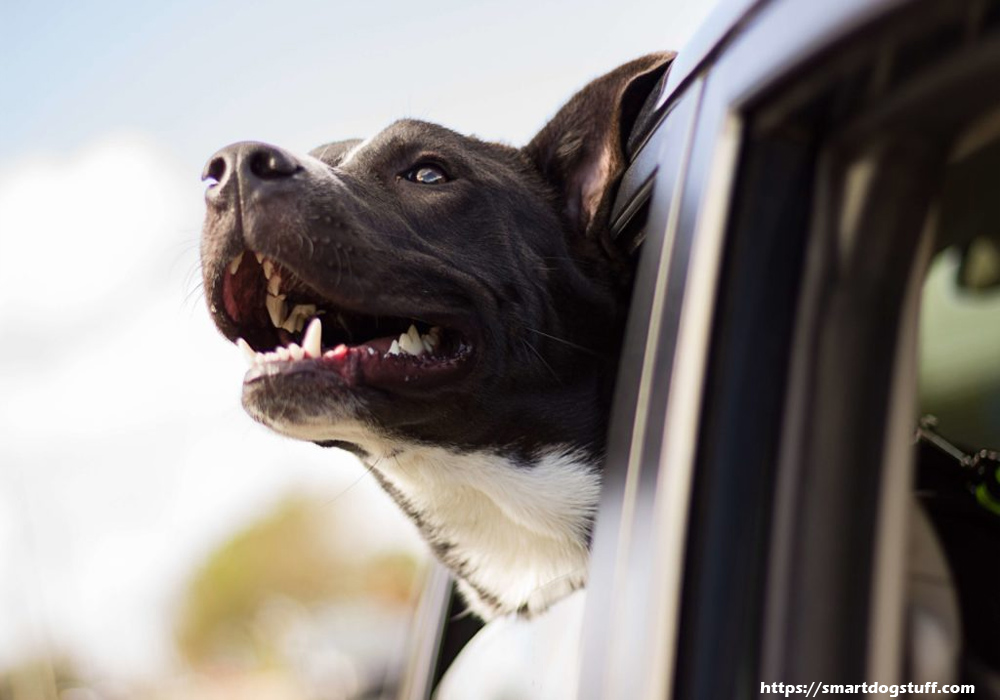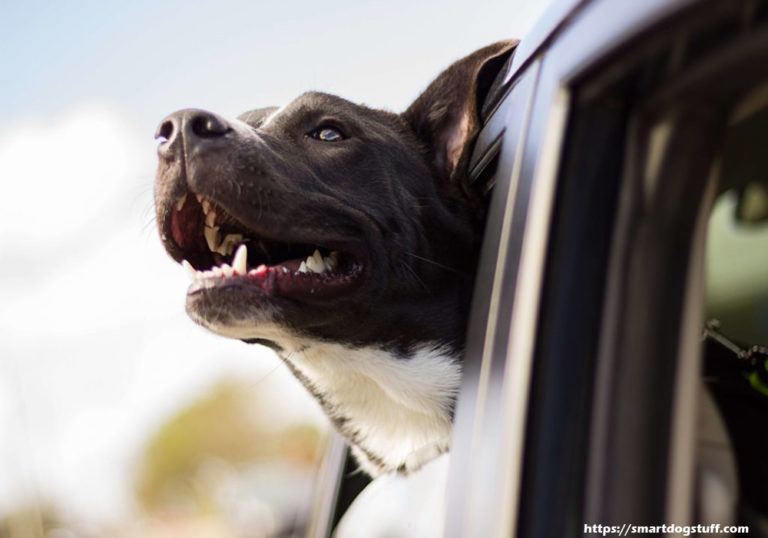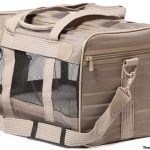
As dogs become part of your loved ones, you will find instances wherein you would want to bring them with you if you travel, or when you might need to relocate elsewhere. Transporting your canine isn’t as simple as lugging your canine friend throughout the plane, however, it does not have to be overly complicated. Here are some tips regarding how to properly transport your dogs.
1. Choose the right sized animal container. Make sure that your pet can move comfortably within the container, with enough room to face and sit erect, sleep the night and turn throughout the box while standing. This means that you ought to measure the animal’s girth (in one side of the company’s body on the other), height (from the floor to the top of the head), leg length (in the floor towards the part where its legs meet the body) and body length (from the snout on the base of the tail). Taking these measurements, get a box which is twice the girth on one side, about up to the height measurements, so when wide as your body length and half the leg length.
The box needs to have ventilation holes and a handle. To be sure that your particular animal container will be licensed by the airline you are planning to take, call them beforehand and request for their specifications. It is also strongly recommended to get the container well ahead of your airlines.
You may also take place your dog carrier if you have it, but be sure to seek the airline’s approval days before your travel date. Some airlines require that your canine friend container be generated of sturdy materials, so check if your container meets their standards you aren’t.
If you’ve got a small pet, you don’t need to worry about animal containers. They can go in the cabin with you, or perhaps in the case of some airlines, they are going to be used in a heated and ventilated hold where they will be comfortably away from other passengers.
2. Prepare your pet for travel. This would mean training it to its new surroundings and putting it within the animal container, dog carrier or kennel a couple of weeks ahead of the departure. This would ensure that your canine friend will behave perfectly when it is being transported in the kennel or animal container.
Contact your chosen airline way in advance to know when they would accept your puppy on your selected travel dates. This is because some airlines have restrictions on the variety of animals fully briefed. Take note also that if you’re traveling having an animal, you may be necessary to register earlier than usual. However, animals usually get frenzied at the airport, so you have to strike an equilibrium. If your puppy is going to be inside the cabin along, you can check in as late as you can. The reverse is valid if however your dog will likely be transported inside the cargo hold, provide the maximum amount of time for it to get accustomed to the new place and relax before liftoff.
3. Feeding. The day before your flight, slow up the amount of food you give your canine while ensuring it’s got enough water. You would have to give your pet an easy meal a couple of hours before surrendering your pet towards the carrier.
Walk the dog before heading for the airport and again before checking in.
4. Check the weather. If it is summer, chances are you will never be permitted to transport snub-nosed dogs, which have difficulty maintaining normal body temperature on hot days.
5. Do not sedate your puppy. Not only would sedation cause its potential harm, but some airlines also don’t let this, while the rest discourages it!











